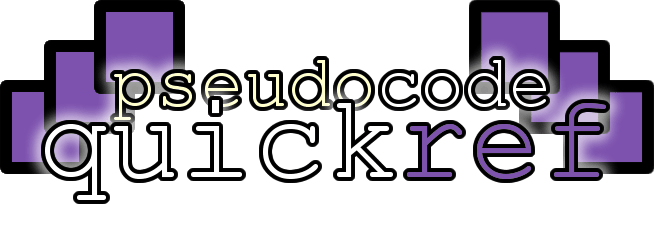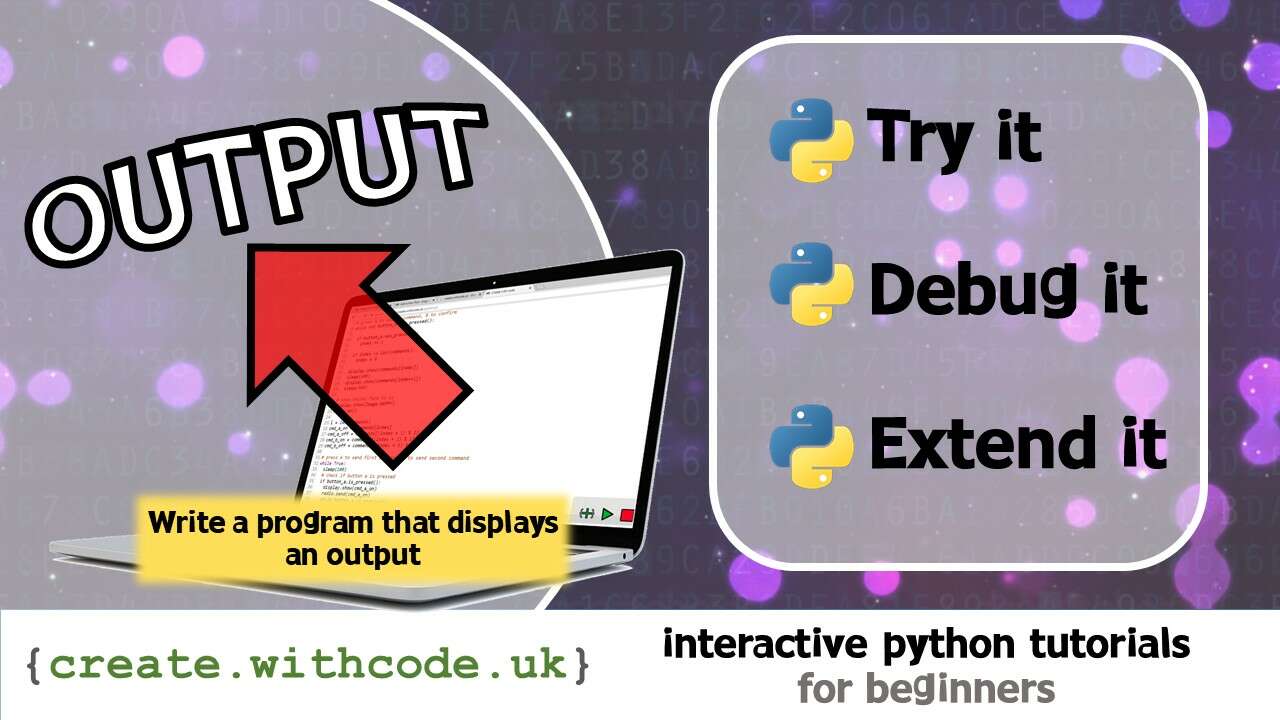To help students grow in confidence understanding and writing code (in pseudocode and a variety of high level programming languages like python, I’ve just updated a resource that contains and explains code snippets for all of the main programming building blocks that students need for GCSE. The resource now includes code examples for OCR Exam Reference Language alongside Python, VB.NET and C#.

Different exam boards offer slightly different versions of GCSE Computer Science, each with their own different styles of assessment and each with slightly different learning objectives to cover.
The most popular GCSE in Computer Science (in terms of number of students entered) is the OCR J277 course where students sit two paper based exams. Algorithms and program code in those exams will be written in an Exam Reference Language which is detailed in the specification. Students are able to write code in any high level programming language (like python) or in the same Exam Reference Language.
My students study the Pearson Edexcel GCSE in Computer Science, partly because it offers students a chance to swap one of the paper based exams for an on-screen practical programming exam where students read, debug, rearrange and write actual python code rather than having to deal with abstract pseudocode style algorithms on paper.
The QuickRef resource allows you to search for a programming skill (such as procedures or functions) and see how that can be achieved with Python, VB.NET, C# and Pseudocode / OCR Exam Reference Language.
If you spot anything missing or incorrect, please do leave a comment below.
All the best










Pete, thanks as ever. You give so much.
However, the link seems to go to the png file?
Cheers
Dave
Oh dear! Thanks Dave. Hopefully all sorted now.